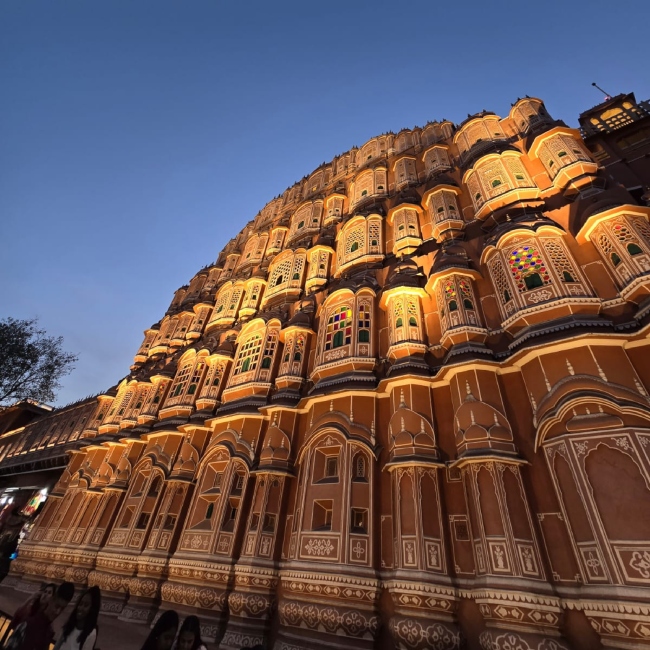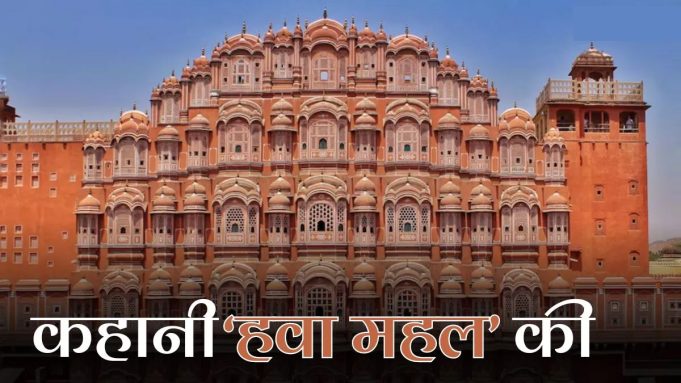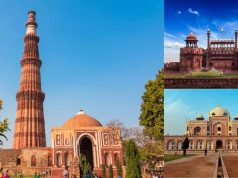Apart from its culture and traditions, India is also known for its heritage. There are many buildings here, which reflect the rich and glorious history of our country. Rajasthan is one such state of the country, which is known for its colorful culture and beauty. There are many palaces and forts here, which people come here from far and wide to see. Jaipur, the capital of Rajasthan, also known as the Pink City, is one such beautiful city.
Many beautiful palaces and forts here enhance the glory of the city, which people come here from far and wide to see. Hawa Mahal is one of these beautiful buildings, whose unique structure and its name attracts people. In such a situation, today in this article we will tell you about the history of Hawa Mahal and the story of its unique name-
.jpg)
Why is it called Hawa Mahal?
According to Rajasthan Tourism, Hawa Mahal in Jaipur is considered one of the major attractions of the city. This five-story building looks like a beehive and has innumerable windows and vents, due to which there is always air flowing inside the palace. Due to this feature, it has been named Hawa Mahal. Due to this amazing ventilation present in the palace, it was named Hawa Mahal, which literally means “palace of winds”.
Is this why Hawa Mahal was built?
Now if we talk about the history of this palace, then the main purpose of building it was to allow the royal family and the women of the court to see the hustle and bustle of the Johri Bazaar without being seen by others. These women were able to see the activities happening on the streets outside with the help of small windows and vents present in the palace, that too without being seen by anyone.

It is a five-story building and is the tallest building in the world, built without a foundation. It has a curved architecture, tilting at an angle of 87 degrees and a pyramidal shape, which has helped it to stand upright for centuries.
Relation of Hawa Mahal and Shri Krishna
Hawa Mahal is also considered very important from a religious point of view. This palace is dedicated to Lord Krishna. It is said that the shape of this building resembles the crown of Krishna. More than a palace, Hawa Mahal is also a cultural marvel, which reflects a blend of Hindu Rajput and Islamic Mughal architectural styles. The Rajput style in the palace can be seen in the dome chhatris and fluted pillars, while the stone inlaid silver work and arches are a perfect depiction of the Mughal style of architecture.
.jpg)









